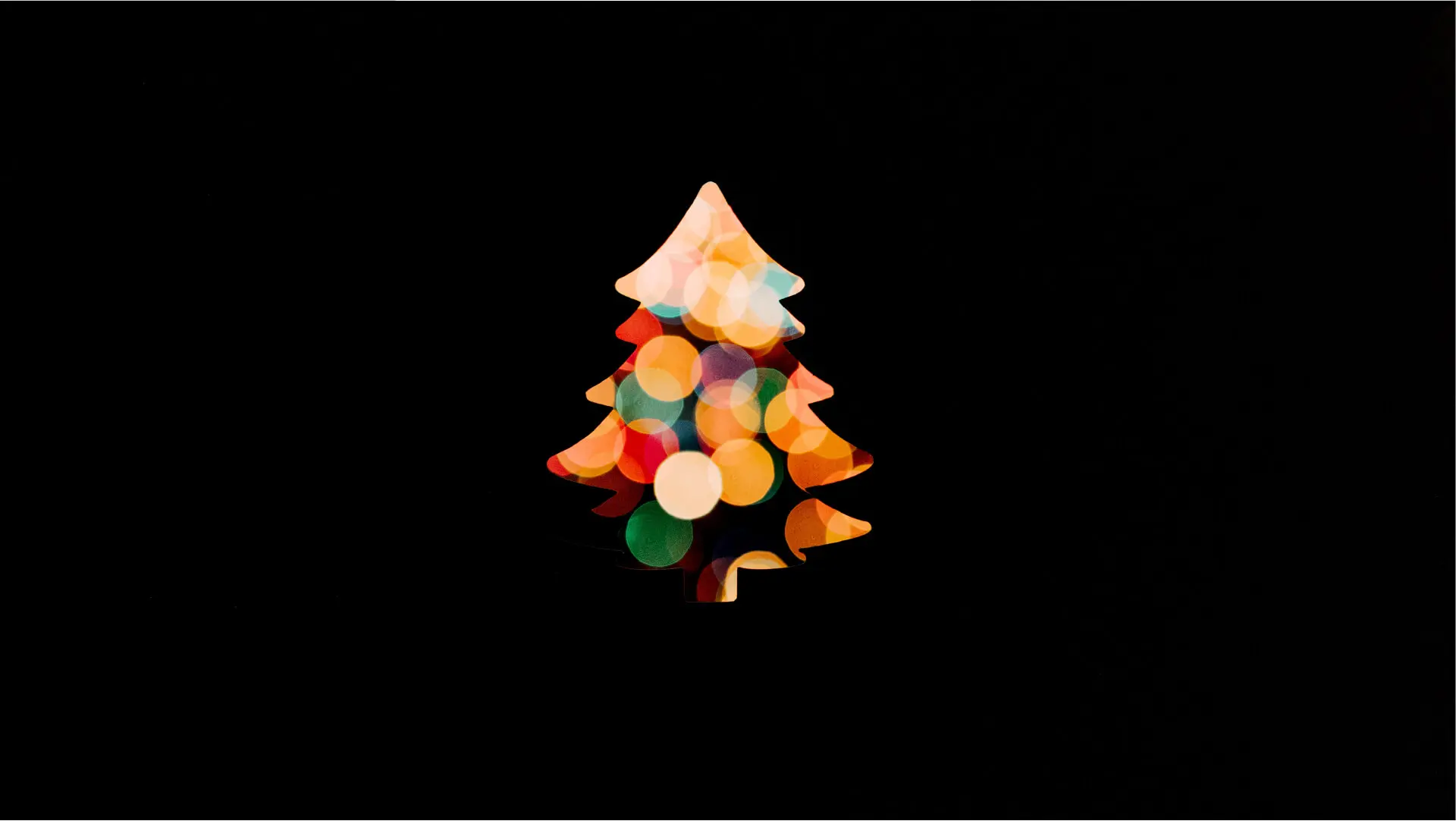8 applications of different biophilic design concepts
Whether you are looking for a calm indoor environment or to gain productivity in the workplace, biophilic designs are a clever and sustainable solution to adopt

Biophilic design aims to rejuvenate human bonding with nature through product design. Imagine when you are walking your dog in the park surrounded by lush trees, imagine taking a stroll barefoot on the wet sand under the clear sky, imagine when the early morning sun rays touch your skin…
Doesn’t it feel good?
Now, imagine the possibilities of bringing these scenarios inside your home. It is possible to incorporate nature closer to humans through biophilic designs. Biophilia translates as “love for life”, as, for humans, it is a biological need to connect with nature. Fortunately, workplaces have already started adapting biophilic decor concepts.
It is no surprise that biophilia is gaining popularity throughout all kinds of spaces as it integrates interior design and products to fulfill our inborn need of connection to life and nature.
As researchers develop further studies in various applications of the biophilic concept, the designers will have more opportunities to explore it in diverse forms. Biophilic designs endeavors to forge the human-nature connection through natural components adopted in the built environment.
In this article, we focus on the potential applications of various biophilic concepts, evoking people to restore the beneficial relationship with nature:
Go to:
TERRA! Armchair by Studio Nucleo
In 1999 Piergiorgio Robino – founder of Studio Nucleo, a Turin-based designer started a project called TERRA! Armchair which eventually became a stepping stone of his career.
The armchair illustrates the biophilic concept as an extension of nature itself, terraforming the surface of the planet. The base structure is designed with a hollow cardboard frame, shaped in a seating that is later filled with soil. Gradually, the grass grows and takes the form of the seating as part of the ground.

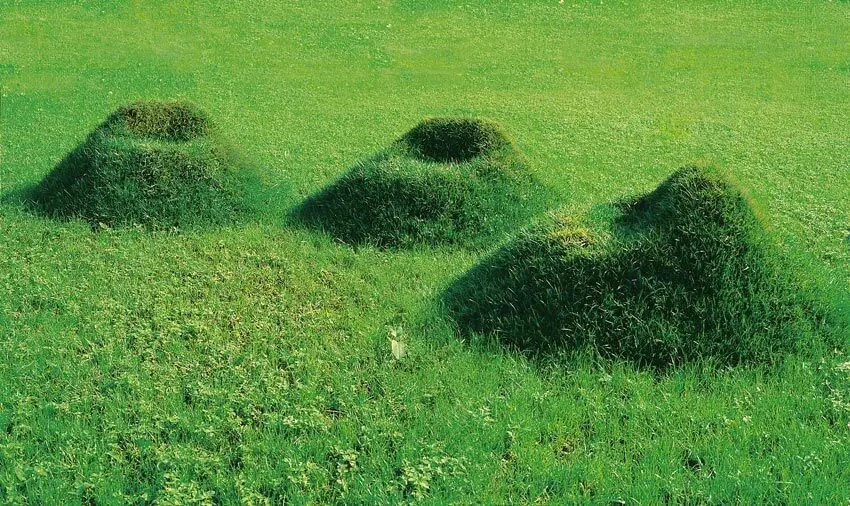
Liquid Glacial Table by Zaha Hadid Architects
Last but definitely not the least, the Liquid Glacial Table designed by Zaha Hadid is an extraordinary example of a biophilic concept application. This artistic table design shows the fluidity of water in a natural and dynamic way.
The table’s top surface mimics water ripples swirling down the legs, recalling an actual liquid essence.
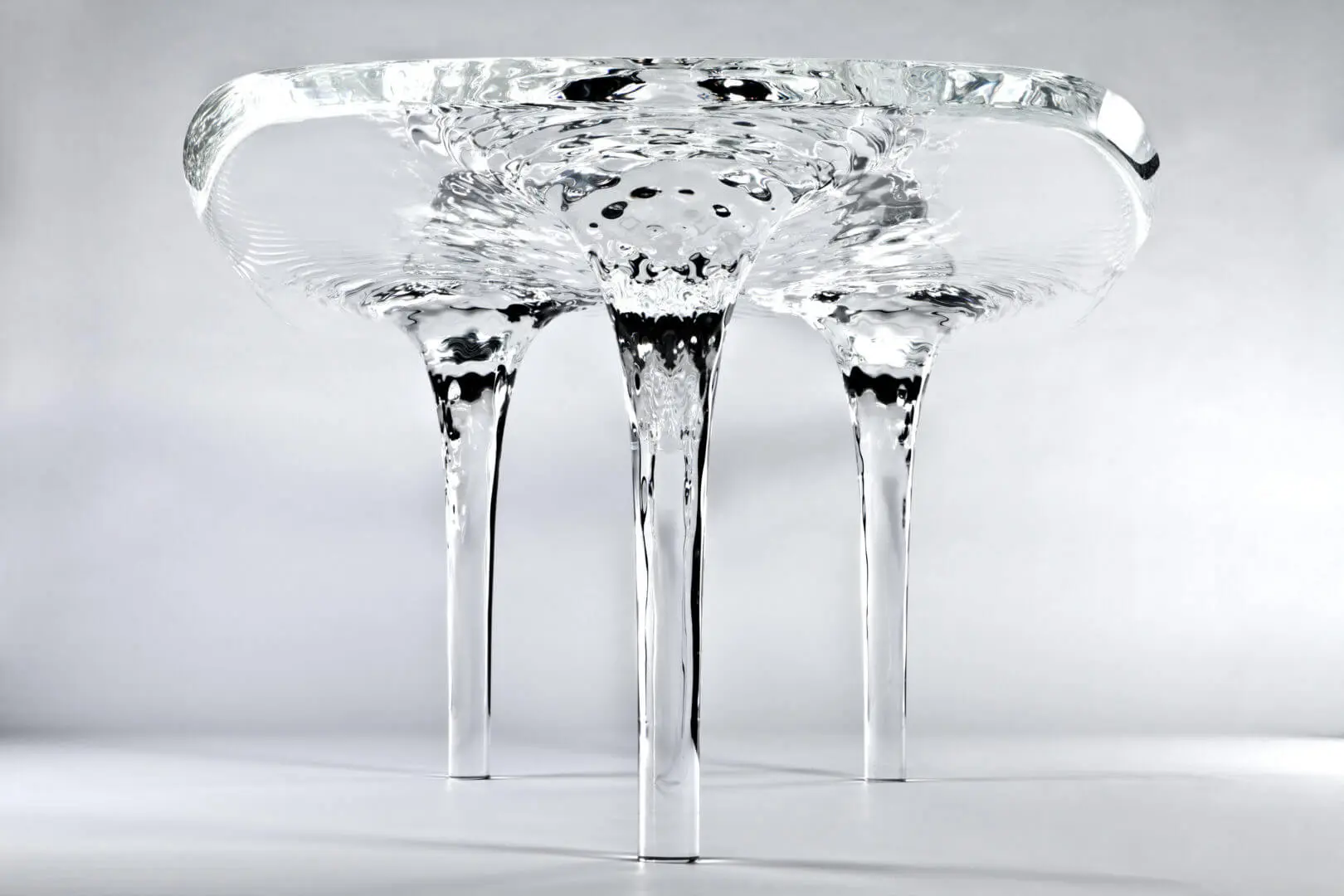
Vase & Leuchte by Miriam Aust
Vase & Leuchte is an original fusion of the biophilic design principle into a popular home object by German product designer Miriam Aust.
The design integrates greenery in an unusual setting where roots are made visible through this multi-purpose product. The beauty of this light fixture is that it combines primary biophilic elements such as light, water and plant into one product.

Basalt benches by Byung Hoon Choi
Byung Hoon Choi is the Korean craftsman who created this single piece basalt furniture for the exhibition in New York gallery, Friedman Benda. Besides vegetation, the biophilic design also includes natural light, earthy tones, and natural rocks such as basalt.
Byung Hoon Choi’s collection explores exhibits using natural rock and keeping undefined and natural cuts of each piece as it is found.
Each exhibit is a brilliant mix of smooth and raw textures into a singular piece of rock. Byung Hoon Choi’s exhibition of basalt benches aimed to create a meditative environment for the visitors to take a moment and appreciate the beauty of the material.

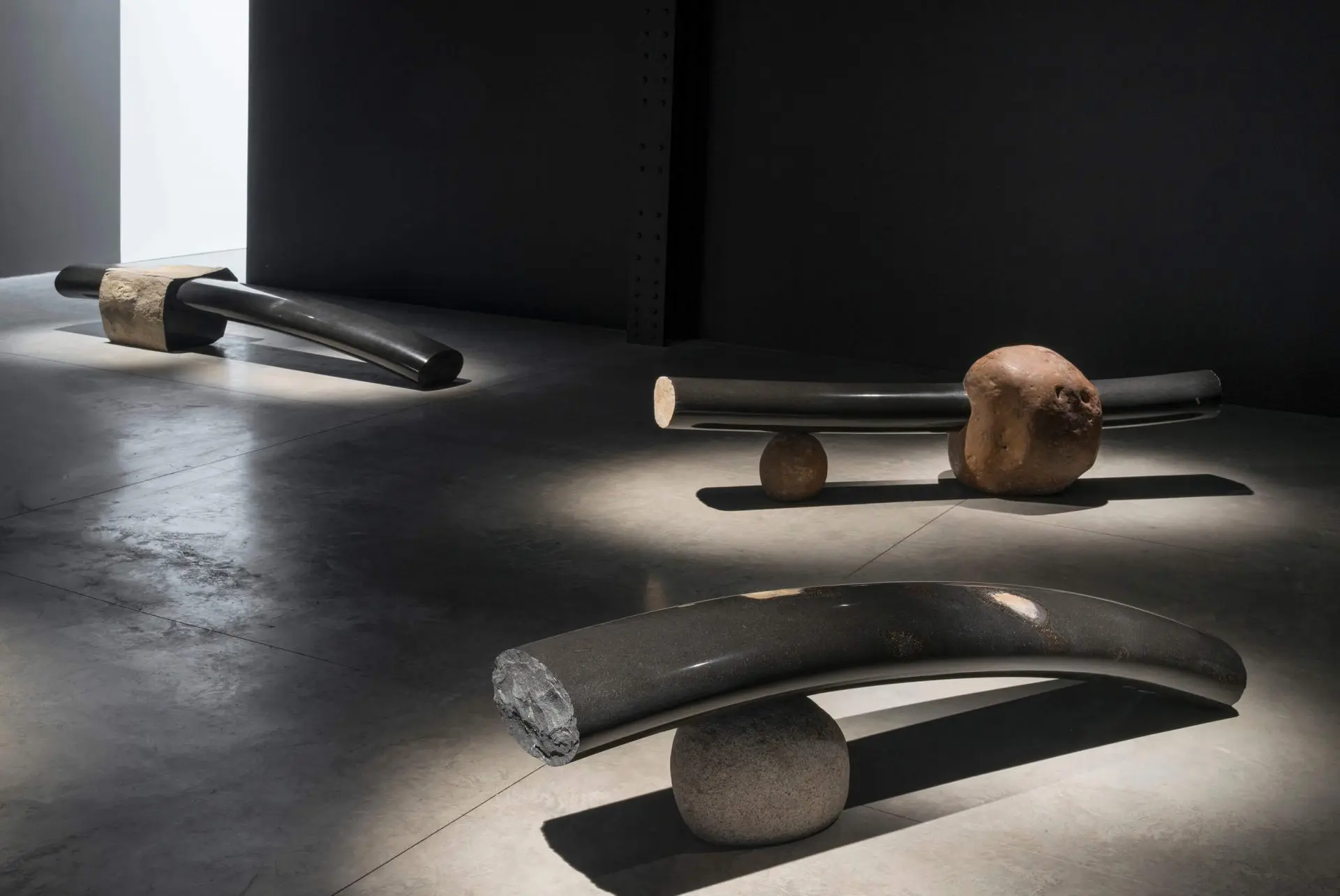
Moss wall art by Planted Design
When it comes to designs following biophilic principles, moss walls are amongst the top trends for indoor as well as outdoor spaces. Created with preserved moss with natural glycerin intact, therefore not alive and require little care, these walls by Planted Design can start growing again when in contact with moisture. Mosses are available in numerous shades and sizes to customize your desired wall art.
In addition, moss walls are immensely beneficial decor elements, improving air quality by using CO2 to reduce harmful compounds in the air and releasing fresh oxygen, cooling the environment, easily adding a living element to man-made structures.


Tableware Collection by Julia Pilipchatina
Julia Pilipchatina brings a series of delightful plates inspired by the organic shapes and textures found in nature.
This varied collection of plates, especially Terra, might give a notion of wood & ceramics fused design at first glance, although, the plates are in fact made out of clay, painted meticulously with nature-related texture and glazed intuitively.
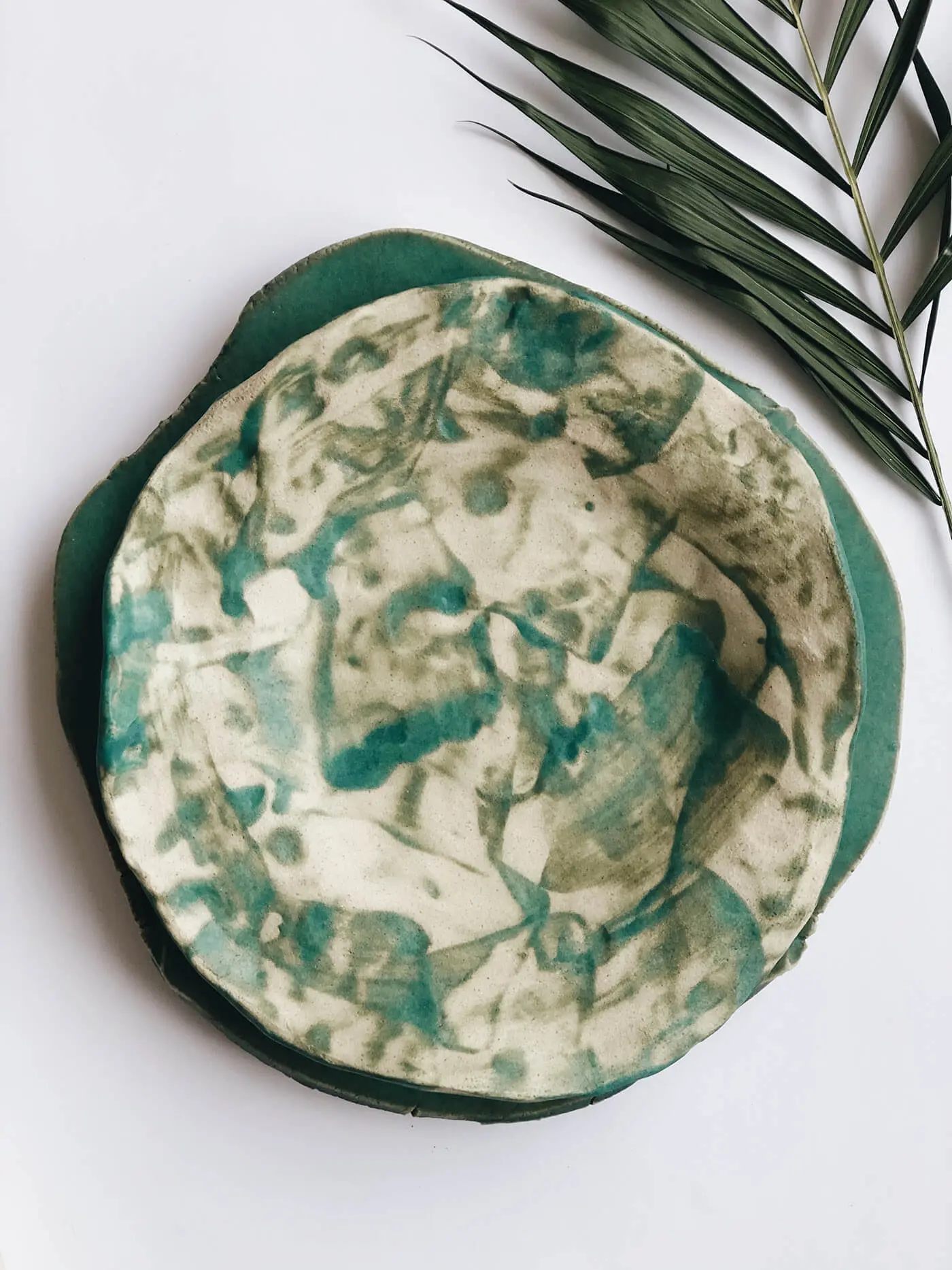
Biophilic wallpapers by Moooi
Biophilic wallpapers are widely used in interiors to help create a tranquil environment with various visually attractive nature scenarios. Besides its use of transforming a monotonous wall and relaxing the surroundings, these murals by Moooi can also opt as sound-absorbent elements to reduce noise pollution.
Consequently, having nature brimming background creates a shift in mind and intuitively generates a calm presence.

Bacteria Lamp by Jan Klinger
In the explorations of biophilia, one of many intriguing possibilities is the use of bacteria, as every living organism has its own unique biological identity. The Bacteria Lamp, designed by Jan Klinger, is created by growing real bacteria and transforming them into a domestic object.
The lamps are custom made collecting microorganisms from a specific place that holds a great significance for the owner, in order to create a design piece which is unique for both its looks and its story.











